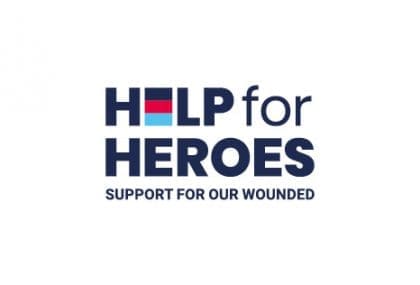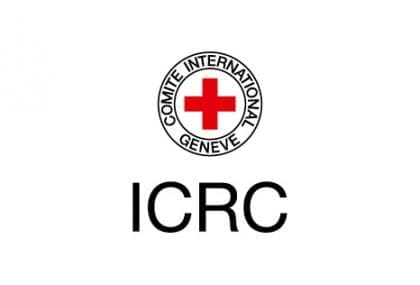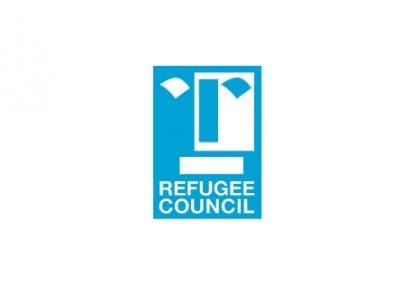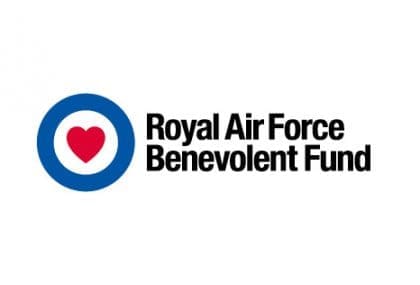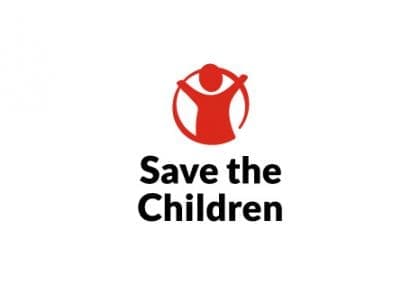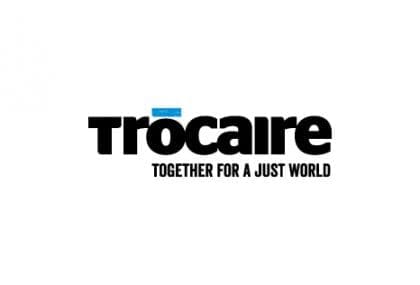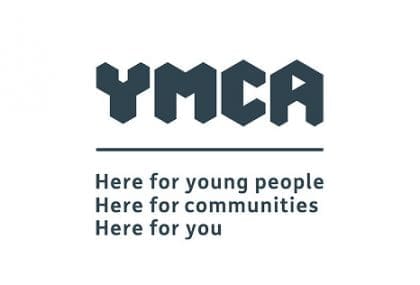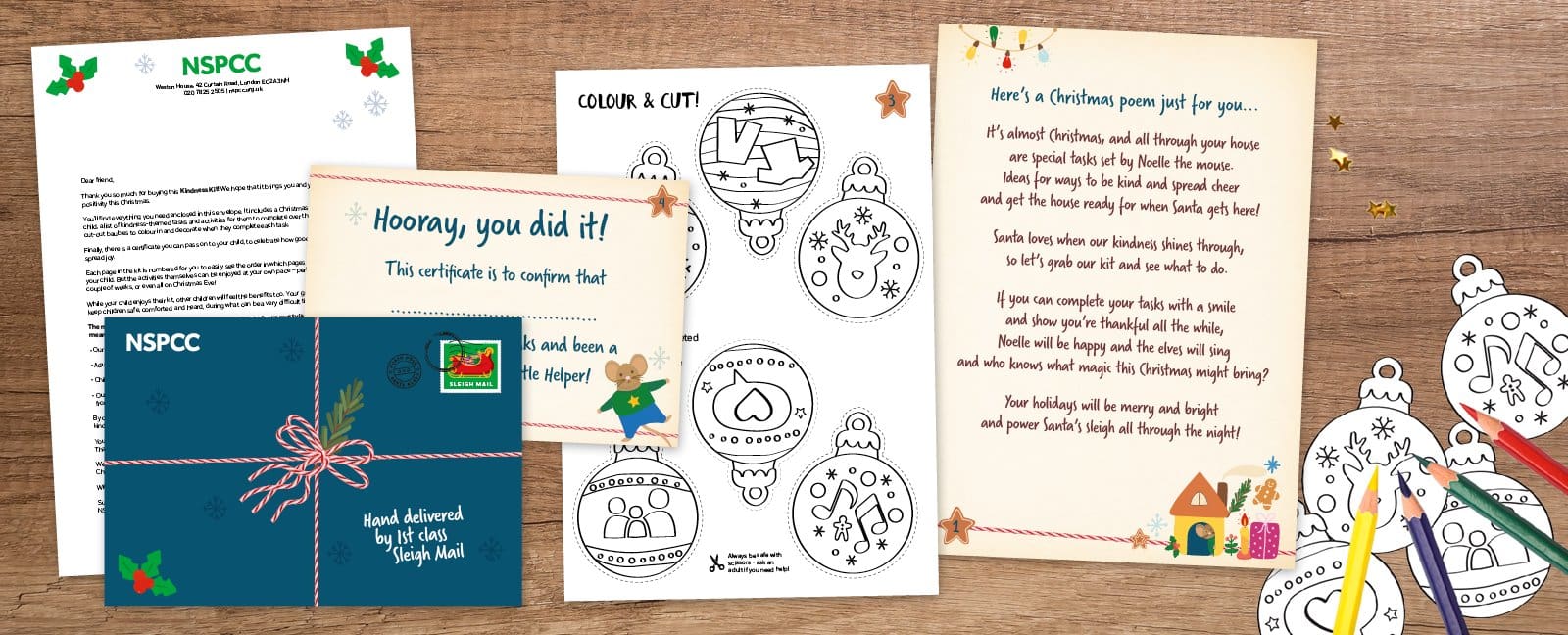
🎄 Introducing the NSPCC Kindness Kit:
Because Christmas Magic Isn’t Just About Presents! 🎁✨
When the NSPCC came to us looking for a brand-new Christmas product to replace Letter from Santa, we were beyond excited because not only is that a fun job to get thinking on…but with parents of young kids in the team we have a vested interest too! The brief was simple but magical: create a Christmas Eve experience for children aged 4-9; something affordable, easy for busy grown-ups to pull off and packed with heart.
And as someone with two little ones at home (who started talking pretty seriously about Christmas since September), I couldn’t wait to dive in!
Christmas Challenge We Couldn’t Resist🎅
If you’re looking after young kids over the holidays then you’re always hunting for fun activities that keep them busy, and if it teaches them something, well, that’s even better! The NSPCC’s products have helped me fill that role over the last couple of years; fun for kids, easy for parents, and all for a cause we care deeply about.
So, when it came to dreaming up something new, we kept coming back to the values I try to drum into my kids daily (and yes, I’m sure they’re utterly sick of hearing it): be kind. If I can raise two happy, kind little humans then I’ll consider my role as ‘Mum’ a success.
And that’s where the idea was born – The Kindness Kit.
Meet Noelle the Mouse 🐭
Our brilliant designer Rachel waved her magic wand (okay, her iPad stylus) and brought to life Noelle the mouse, Santa’s very own helper. Noelle sends children their Kindness Kit straight from the North Pole, by Sleigh Mail of course!
Inside, kids will find fun, simple tasks that help them spread a little extra cheer in the run-up to Christmas. Small acts of kindness, thoughtful gestures, and festive magic that gets everyone in the spirit.
Each time they complete a task, they can colour in and hang a special bauble on the tree; creating a heart-warming keepsake (and yes, I’ll absolutely be saving mine). And once they’ve completed them all, they even get their very own certificate from Noelle.
Our copywriter Chloe also penned a beautiful poem from Noelle to introduce the pack and honestly, it’s adorable. My six-year-old is learning about poetry at school and she’s already written her own Christmas poem… so I know this will be a huge hit in our house.
Why This One’s Special 🎁
Christmas is magical but it’s also a time to remind little ones how lucky they are. While some kids get the gifts they’ve been asking for all year and chocolate coming out of their ears, others aren’t so fortunate. The Kindness Kit gives parents and grandparents a simple way to have that conversation – about gratitude, empathy, and giving back – without it feeling heavy.
And I for one can’t wait to sit down with the kids, and Noelle the mouse, and sprinkle a little extra kindness in this Christmas. 💫

Hannah Sergeant – Account Director
If you want to find out more about how we can help you with developing your approach to giving, then get in touch at SayHi@differentkettle.com




